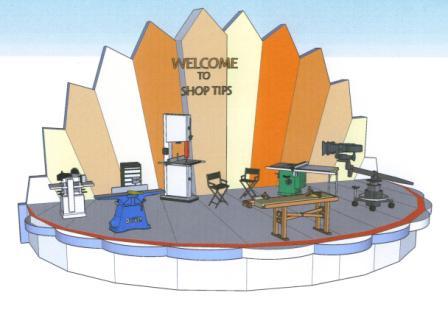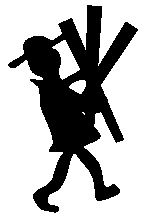[?]Subscribe To This Site
 |
| Get free woodworking plans via e-mail! |
| Click the button to access a nice calculator and downsize it to use later. | ||
| Instructions Enter an expression into the tan bar and press enter to calculate the results. This calculator remembers up to twenty past calculations in history. To save the history between visits you must have cookies enabled. This calculator can handle input numbers in several different bases:
| Decimal (Base 10): Numbers that do not start with a zero like 15 or 3.14e15. Decimal numbers can contain digits 0-9, decimals, and scientific notation. Keyboard shortcuts (Alt or Cmd): |
Clear Equals History (previous) Display (cycle) Decimal mixed display Decimal Scientific display Decimal Engineering display Binary display Octal display Hex display Last Answer |
From Woodworking Tips to American Architecture













